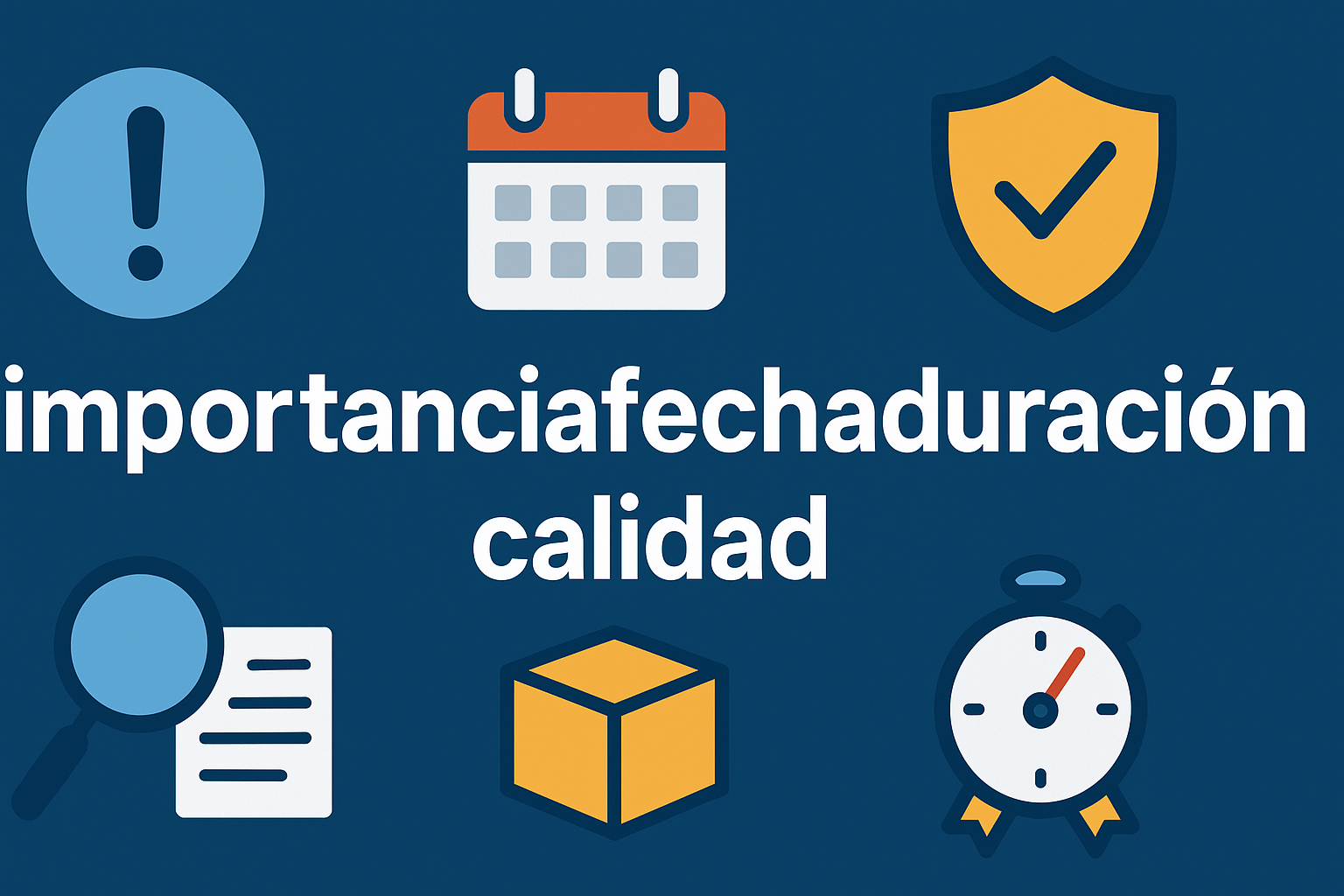In today’s connected world, every device that communicates through the internet relies on a unique numerical label known as an IP address. These addresses play a crucial role in identifying, routing, and managing network connections. One such example is 158.63.258.200 — a seemingly standard IPv4 address that raises important questions about validity, structure, and how IP addresses truly work.
This guide explores the meaning of 158.63.258.200, the fundamentals of IP addressing, the difference between valid and invalid IPs, and why understanding these concepts is vital for internet users, system administrators, and network professionals alike.
What Is 158.63.258.200?
At first glance, 158.63.258.200 looks like a typical IPv4 address — four sets of numbers separated by dots. However, in networking terms, this particular address is invalid.
An IPv4 address is composed of four numerical groups called octets. Each octet can range from 0 to 255, representing 8 bits of data. Therefore, the format must follow these rules:
- Each section (octet) is between 0 and 255.
- The total address has four sections, separated by dots.
For example, 192.168.1.1 or 8.8.8.8 are valid IPv4 addresses.
In the case of 158.63.258.200, the third octet (258) exceeds the maximum value of 255, making the address impossible to use in real-world networking. Despite appearing legitimate, it cannot be assigned to a device or accessed online.
The Structure and Purpose of IP Addresses
Every time you visit a website, send an email, or connect to Wi-Fi, your device uses an IP address to identify itself on the network. Think of it as a digital home address that ensures data packets reach the right destination.
IPv4: The Original Standard
The IPv4 protocol, introduced in the early 1980s, uses a 32-bit number to represent each address. This provides approximately 4.3 billion unique addresses — a large number at the time but now nearly exhausted due to the massive growth of the internet.
An example of a valid IPv4 address would be:
158.63.128.200
Each part of the address provides routing information. For instance, the first few octets may identify the network, while the remaining ones identify a specific host or device on that network.
IPv6: The Modern Solution
To overcome IPv4 limitations, IPv6 was developed. It uses 128 bits instead of 32, creating an almost limitless number of unique addresses. IPv6 addresses look quite different, for example:
2001:0db8:85a3:0000:0000:8a2e:0370:7334
While 158.63.258.200 belongs to the IPv4 style, it highlights the constraints of the older system and the need for more advanced protocols like IPv6.
Why 158.63.258.200 Is Invalid
The invalidity of 158.63.258.200 stems from basic IPv4 rules. Since the value “258” is beyond 255, it cannot represent a valid byte of binary data. When such an address is entered into a network configuration, the system will either reject it or throw an error.
Here are a few reasons why invalid IP addresses like this can appear:
- Typographical errors – A common mistake when manually entering IPs in configuration files.
- Examples in documentation – Sometimes used as placeholders in tutorials or sample guides.
- Testing or teaching purposes – Used in classrooms or labs to illustrate invalid address formats.
- Copying from unreliable sources – Some online resources publish incorrect data or samples.
Understanding this helps users and IT professionals avoid confusion and prevent potential network failures.
The Role of IP Addresses in Network Communication
Whether valid or invalid, IP addresses are fundamental to how the internet operates. When a device connects to a network, it must be assigned an IP address — either manually (static IP) or automatically via DHCP (dynamic IP).
Here’s a simplified view of how IP communication works:
- Device Identification – Each device on a network must have a unique IP.
- Data Routing – When you access a website, your request travels across routers and servers, guided by IP addresses.
- Response Delivery – The web server sends information back to your IP, ensuring you receive the right data.
Without a valid address, like in the case of 158.63.258.200, this communication would fail, causing errors or unreachable destinations.
How to Check or Validate an IP Address
There are several online tools and command-line utilities that can help verify whether an IP address is valid or not.
1. Online IP Lookup Tools
Web-based IP checkers instantly validate addresses and provide information such as:
- Geographic location
- Internet service provider (ISP)
- Type (public or private)
- Blacklist or spam status
If you enter 158.63.258.200, most tools will display an “invalid IP” error message.
2. Command Line Tools
You can also use system utilities like:
- Ping – Tests connectivity (though invalid IPs cannot be pinged).
- Nslookup – Checks domain-to-IP relationships.
- Traceroute – Tracks the path of packets through the network.
Understanding Public and Private IPs
Not every IP address is directly connected to the public internet. Some are reserved for internal network use, known as private IP addresses.
Private IP Ranges
Common private IPv4 ranges include:
- 10.0.0.0 – 10.255.255.255
- 172.16.0.0 – 172.31.255.255
- 192.168.0.0 – 192.168.255.255
Since 158.63.258.200 falls outside these ranges, even if it were valid, it would likely be a public IP. However, due to the invalid octet, it cannot exist in either space.
Importance of IP Accuracy in Networking
Network reliability depends on precision. An invalid or misconfigured IP address can cause:
- Connection failures
- Routing issues
- Service downtime
- Security vulnerabilities
For system administrators, ensuring every address on a network is properly assigned and verified is a critical task. Even a small typo — like turning 158.63.128.200 into 158.63.258.200 — can bring down communications temporarily.
Security and Privacy Aspects of IP Addresses
Beyond connectivity, IP addresses play a significant role in security monitoring, geolocation, and access control.
- Firewalls and filters use IPs to allow or block traffic.
- Websites log visitor IPs for analytics or protection.
- Cybersecurity teams track suspicious IP activity to prevent attacks.
An invalid IP like 158.63.258.200 would never appear in real logs, but knowing how to identify irregular entries can help distinguish real threats from simple data errors.
The Future of IP Addressing
With the ongoing shift toward IPv6 and the expansion of global connectivity through IoT (Internet of Things), the importance of understanding address systems continues to grow. Billions of new devices — from cars and cameras to household appliances — require unique identifiers.
IPv6 solves this scalability issue, offering virtually unlimited possibilities. Still, IPv4 remains dominant, and knowledge of its rules (like why 158.63.258.200 is invalid) remains essential for technical literacy.
Read also: The Power of Samqaicongen: Exploring the Next Evolution in Intelligent Systems
Conclusion
158.63.258.200 may appear as a standard IPv4 address, but in reality, it’s invalid due to the “258” value exceeding the maximum allowed limit of 255. Despite being unusable in actual networking, this example provides an excellent opportunity to understand how IP addresses function, why validation matters, and how accuracy ensures the smooth operation of global internet systems.
Every valid IP address plays a vital role in keeping the digital world connected. By learning the principles behind IP structure, validation, and proper configuration, individuals and organizations can build more reliable, secure, and efficient networks for the future.



